- About us
- Support the Gallery
- Venue hire
- Publications
- Research library
- Organisation chart
- Employment
- Contact us
- Make a booking
- Onsite programs
- Online programs
- School visit information
- Learning resources
- Little Darlings
- Professional learning
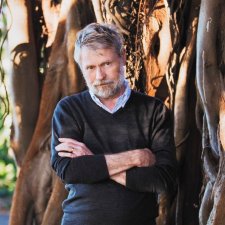
Ross Edwards (b. 1943), composer, became determined upon a life of composition as a child.
1 portrait in the collection

Tom Fryer surveys the twentieth-century architectural project, and finds representation and the portrait were integral elements.
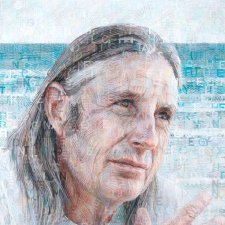
In 2020 the Annual Appeal was focussed on Sally Robinson's remarkable portrait of author Tim Winton.
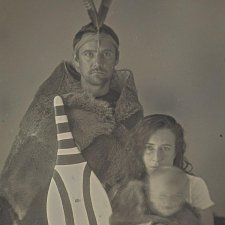
This sample of 56 photographs takes in some of the smallest photographs we own and some of the largest, some of the earliest and some of the most recent, as well as multiple photographic processes from daguerreotypes to digital media.
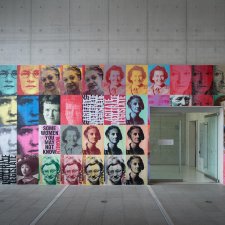
‘Everybody’s lives are built by so many influences, and for me, it is writers, artists and activists who have influenced how I think about the world.’

Krysia Kitch celebrates Oodgeroo Noonuccal.
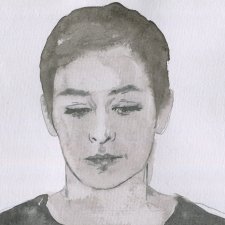
Michael Wardell samples the fare in the University of Queensland National Self-portrait Prize.
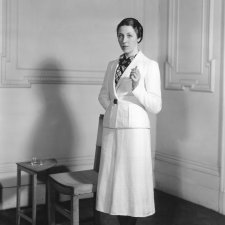
Aviation carried women’s roles in society to greater heights – fashion followed suit.

In 2023 the Annual Appeal was focussed on a work by one of Australia's best loved and most successful portrait painters, Judy Cassab AO CBE, depicting model, entrepreneur and deportment icon, June Dally-Watkins OAM.
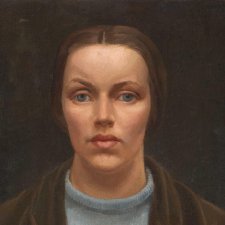
National Portrait Gallery director Karen Quinlan AM nominates her quintet of favourites from the collection, with early twentieth-century ‘selfies’ filling the roster.

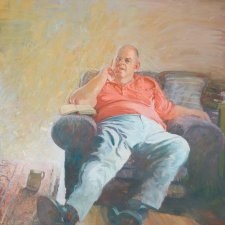
The Portrait Gallery's paintings of two poets, Les Murray and Peter Porter, demonstrate two very different artists' responses to the challenge of representing more than usually sensitive and imaginative men.
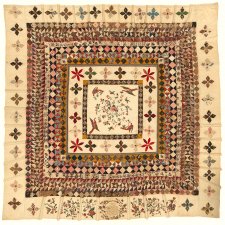
The Rajah Quilt’s narrative promptings are as intriguing as the textile is intricate.
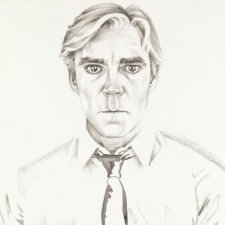
Christopher Chapman absorbs the gentle touch of Don Bachardy’s portraiture.
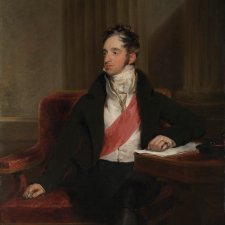
Angus Trumble salutes the glorious portraiture of Sir Thomas Lawrence.
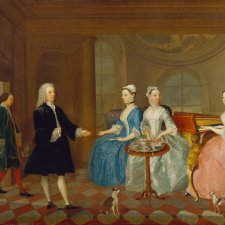
There is in the collection of the Yale Center for British Art in New Haven, Connecticut, an English painting, datable on the basis of costume to about 1745, that has for many years exercised my imagination.